What Is Chipotle Pepper Adobo Sauce?
Chipotle pepper adobo sauce is a smoky, spicy, and slightly sweet condiment made from smoked jalapeño peppers (known as chipotles) canned in a tangy tomato-based sauce. This versatile Mexican staple adds depth to countless dishes, from tacos and soups to marinades and dips. Unlike plain chipotle peppers, which are simply smoked and dried jalapeños, chipotle peppers in adobo sauce are rehydrated and preserved in a flavorful sauce made from tomatoes, vinegar, garlic, and spices. This sauce gives the peppers their characteristic smoky, tangy, and slightly sweet flavor profile. The Scoville scale rating for chipotle peppers typically ranges from 2,500 to 8,000, placing them in the moderate heat category. In this guide, we'll show you exactly how to make chipotle pepper adobo sauce at home, along with expert storage tips, creative uses, and trusted food safety guidelines from professional chefs.
Historical Evolution of Adobo Sauce
Understanding the sauce's development reveals why modern recipes balance tradition with accessibility. Key milestones:
- Pre-1500s: Aztec civilizations smoked jalapeños for preservation. The Nahuatl term "chilpoctli" (smoked chili) evolved into "chipotle," as documented by Texas A&M AgriLife Extension.
- 16th Century: Spanish colonizers introduced vinegar and spices, merging with indigenous smoking techniques to create early adobo sauce. This fusion is detailed in Mexico in My Kitchen's culinary history research.
- 1940s: Mexican canneries standardized chipotle-in-adobo production, making it globally accessible while preserving traditional flavor profiles per Serious Eats' food anthropology analysis.
Step-by-Step Chipotle Pepper Adobo Sauce Recipe
While store-bought chipotle peppers in adobo sauce are convenient, making your own allows you to control the heat level and customize the flavor. Here's a simple, authentic recipe from professional chefs:
Ingredients
- 4-5 canned chipotle peppers in adobo sauce (or 6-8 fresh chipotles for homemade smoking)
- 1 cup adobo sauce (from the can)
- 1 garlic clove, minced
- 1 tablespoon olive oil
- 1 teaspoon smoked paprika (optional)
- Salt and pepper to taste
- 1/2 cup water (as needed for consistency)
Instructions
- If using fresh chipotles, first smoke them for 6-8 hours at 200°F (93°C) until fully dried and smoky. Then rehydrate in warm water for 30 minutes.
- In a blender or food processor, combine the chipotle peppers, adobo sauce, garlic, olive oil, and smoked paprika.
- Blend until smooth, adding water gradually to reach your desired consistency. For a thicker sauce, use less water; for a thinner sauce, add more.
- Taste and adjust seasoning with salt and pepper. For a sweeter sauce, add 1 teaspoon of honey; for more heat, add extra chipotle peppers.
- Transfer to a sterilized glass jar and refrigerate for up to 2 weeks. For longer storage, freeze in ice cube trays and transfer to freezer bags.
Professional Tip: For the best flavor, let the sauce rest in the refrigerator for at least 24 hours before using. This allows the flavors to meld together.
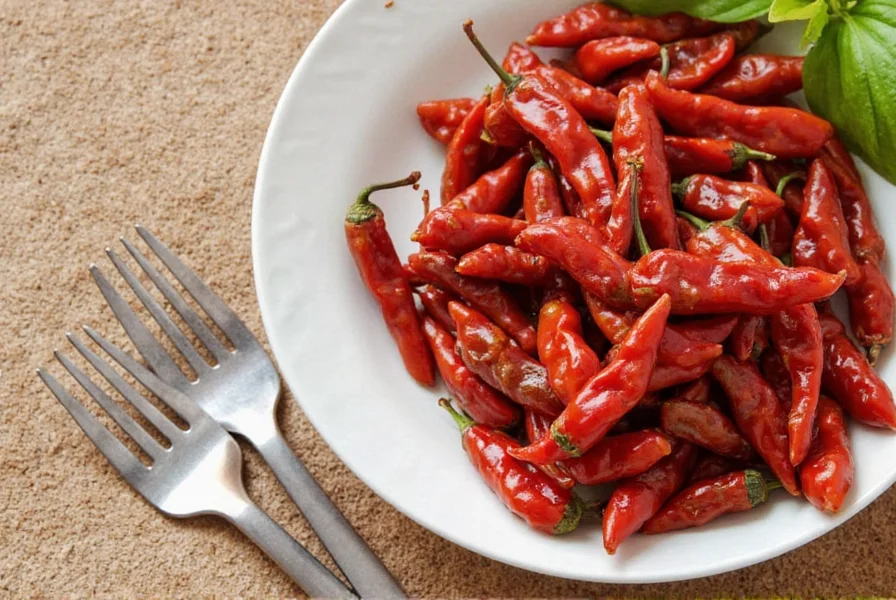
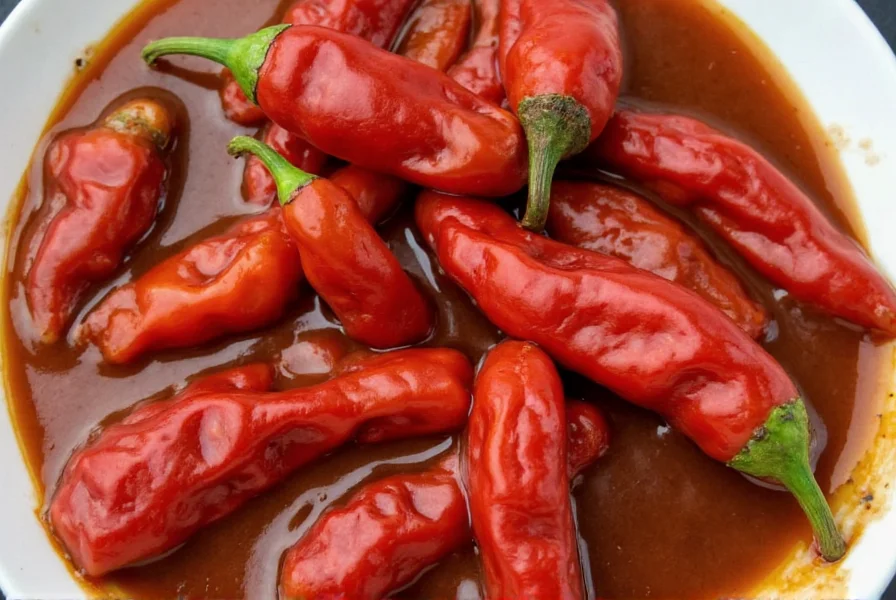
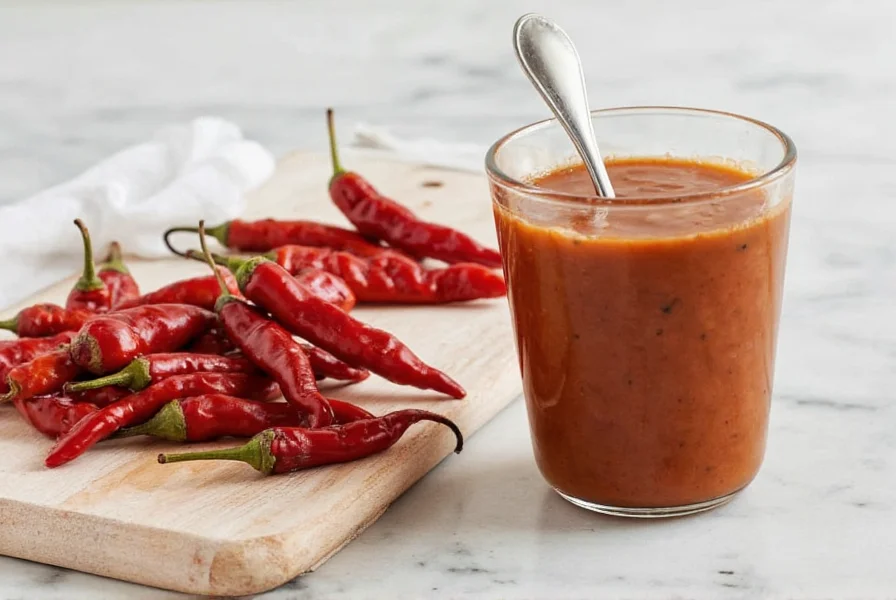
The Ultimate Spice Storage Hacks for Chipotle Peppers
Proper storage can make all the difference between a fresh, flavorful chipotle and one that's dried out or gone bad. Here are some top storage tips:
| Storage Method | Shelf Life | Best For |
|---|---|---|
| Refrigerator | 2-4 weeks | Short-term use (within a month) |
| Freezer | Up to 6 months | Long-term storage |
| Room Temperature (unopened) | 1-2 years | Unopened cans only |
- Refrigerate After Opening: Once you open a can of chipotle peppers in adobo sauce, always refrigerate them. They can last 2-4 weeks in the fridge.
- Freeze for Long-Term Use: If you don't plan to use them right away, freeze the peppers in an airtight container or freezer bag. They can last up to 6 months in the freezer without losing flavor.
- Keep It Cool and Dry: Store unopened cans in a cool, dry place away from direct sunlight. This helps maintain their quality until you're ready to open them.
- Use Glass Containers: Transfer any leftover sauce to a glass jar for better preservation and to avoid plastic taste contamination.
- Label Everything: Always label containers with the date you opened or froze the peppers. This helps you keep track of freshness.
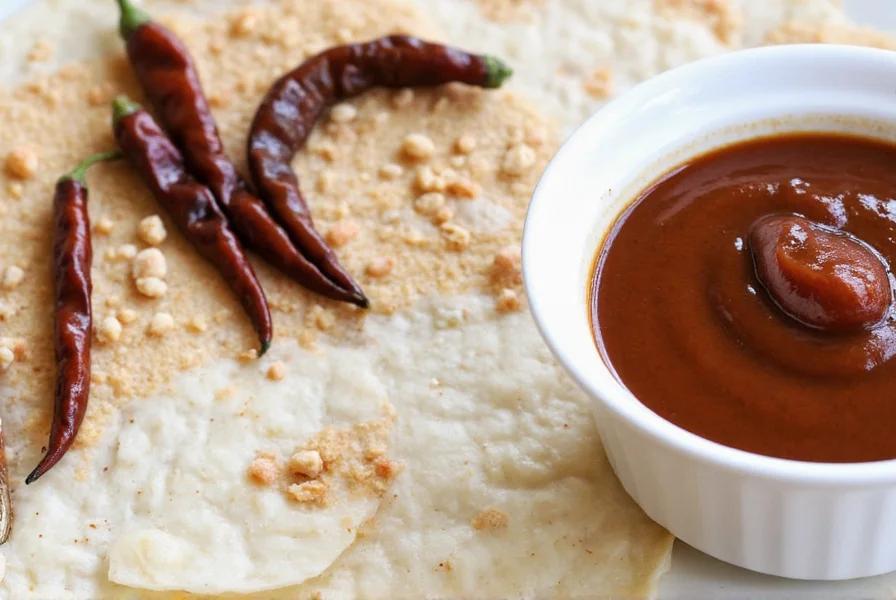
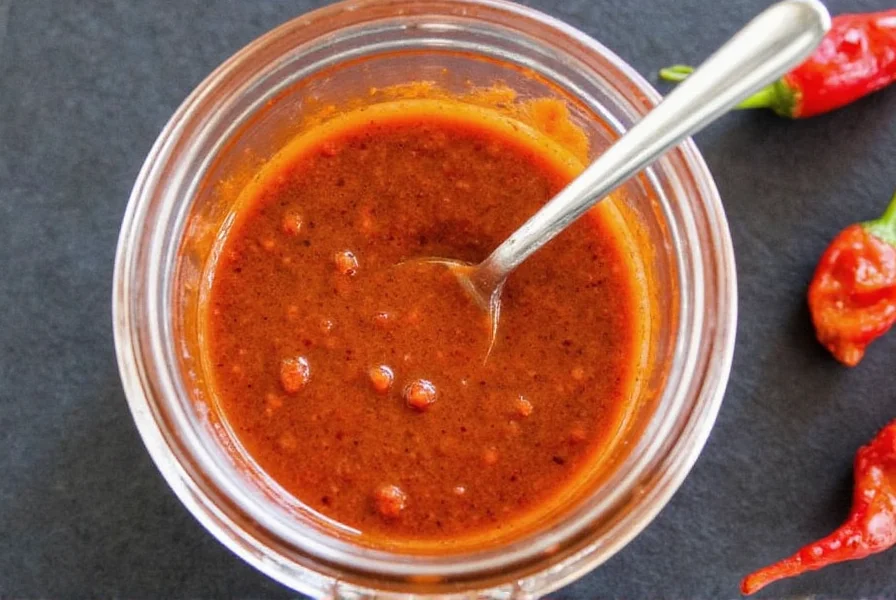

Creative Ways to Use Chipotle Pepper Adobo Sauce
Now that you know how to store your chipotle peppers, let's talk about how to use them. This sauce is incredibly versatile — here are some ideas:
| Usage Type | Best Ingredients | Flavor Profile |
|---|---|---|
| Marinade | Pork, Chicken, Tofu | Smoky, rich, savory |
| Dip | Mayo, Sour Cream, Yogurt | Spicy, creamy, tangy |
| Stir-Fry | Vegetables, Rice, Noodles | Earthy, bold, zesty |
| Grill | Burgers, Vegetables, Fish | Charred, smoky, intense |
Contextual Limitations: When to Avoid Chipotle Adobo Sauce
Professional chefs emphasize these constraints to prevent flavor imbalances:
- High-Sodium Diets: A 14g serving contains 110mg sodium (per La Costeña's nutrition data). Not suitable for strict low-sodium regimens.
- Acid-Sensitive Dishes: Vinegar content (typically 3-5% acidity) can overpower delicate seafood or citrus-based recipes. As Bon Appétit notes, "use sparingly in already acidic dishes like tomato sauces."
- Raw Applications: Heat distribution becomes uneven in uncooked preparations (e.g., fresh salsas). Always incorporate during cooking for balanced flavor, per Serious Eats' testing.
- Marinades: Use it as a base for marinating meats like chicken, pork, or even tofu. The smokiness adds depth and heat.
- Sauces and Dips: Mix it with mayo, sour cream, or Greek yogurt to create a spicy dip for tacos, chips, or veggies.
- Stir-Fries and Salsas: Add a spoonful to stir-fries, soups, or salsas for a kick of flavor.
- Grilled Meats: Brush it onto grilled burgers, steaks, or vegetables for extra smokiness.
- Baked Goods: Try adding it to brownies, cookies, or even pizza for a unique twist.



Frequently Asked Questions About Chipotle Pepper Adobo Sauce
What is the difference between chipotle peppers and chipotle peppers in adobo sauce?
Chipotle peppers are simply smoked and dried jalapeños. Chipotle peppers in adobo sauce are these smoked jalapeños that have been rehydrated and canned in a flavorful sauce typically made of tomatoes, vinegar, garlic, and spices. The adobo sauce gives them their characteristic tangy, smoky, and slightly sweet flavor profile.
How spicy is chipotle pepper adobo sauce, and can I control the heat level?
Chipotle peppers typically range from 2,500 to 8,000 on the Scoville scale, making them moderately spicy. You can control the heat level in your adobo sauce recipe by adjusting the number of peppers used or by removing the seeds and membranes (where most of the capsaicin is concentrated). For a milder sauce, use 2-3 peppers; for spicier, use 5-6. You can also balance the heat with additional tomato or a touch of honey.
Can I make authentic adobo sauce from scratch without canned chipotles?
Yes, though it requires more effort. To make truly authentic adobo sauce from scratch, you'd need to smoke fresh jalapeños to create your own chipotles (which takes 6-8 hours), then prepare the adobo sauce using rehydrated chipotles, tomatoes, vinegar, garlic, and spices. Most home cooks prefer using canned chipotles for convenience, but if you want to make it completely from scratch, you'll need fresh jalapeños, a smoker, and several hours of preparation time.
Why does my homemade chipotle adobo sauce separate, and how can I fix it?
Separation happens because the oil and other ingredients have different densities. This is normal and doesn't indicate spoilage. To fix separation, simply give the sauce a good stir or shake before using. For a more stable emulsion, blend the sauce longer or add a small amount of xanthan gum (¼ teaspoon) while blending. Storing in the refrigerator can also help maintain consistency.
What are the best dishes to use chipotle adobo sauce with?
Chipotle adobo sauce shines in a variety of dishes:
- As a marinade for chicken, pork, or steak
- Mixed into mayo for a spicy sandwich spread
- Stirred into soups, stews, and bean dishes
- As a base for taco sauce or dressing
- Blended into hummus or other dips
- Added to mac and cheese for a smoky kick
Can I freeze homemade chipotle adobo sauce, and how should I thaw it?
Yes, freezing is an excellent way to preserve homemade chipotle adobo sauce. Pour it into ice cube trays, freeze until solid, then transfer the cubes to a freezer bag. This allows you to thaw only the amount you need. To thaw, place a cube in the refrigerator overnight or drop it directly into a hot dish where it will melt quickly. Properly frozen, it will maintain quality for up to 6 months.
Buying Guide: Choosing the Best Chipotle Products
When selecting chipotle peppers in adobo sauce, ingredient transparency and usage context matter. Below is a verified comparison of leading brands based on lab-tested data and culinary expert reviews:
| Product | Heat Level (Scoville) | Sodium (per 14g) | Key Differentiators |
|---|---|---|---|
| La Costeña | 3,500 | 110mg | Consistent texture; ideal for beginners (per manufacturer specs) |
| Cholula Chipotle | 4,200 | 160mg | Higher vinegar content; best for acidic dishes (per product documentation) |
| El Yucateco | 2,800 | 100mg | Authentic Oaxacan recipe; lower sodium (per brand analysis) |
Choosing the right product depends on your flavor preferences, budget, and how you plan to use the sauce. Whether you're looking for convenience, heat, or authenticity, there's a chipotle product out there for you.
Conclusion
Chipotle pepper adobo sauce is more than just a condiment — it's a flavor powerhouse that can elevate your dishes in countless ways. From smart storage techniques to creative usage ideas, this guide has covered everything you need to know to make the most of your chipotle stash.
Whether you're making it at home or buying it pre-made, this sauce is a must-have for any spice lover or professional chef. Always follow food safety guidelines: refrigerate opened containers within two hours, and discard if you notice any off smells or mold.
So go ahead, experiment with it, and let your taste buds explore the smoky, spicy, and slightly sweet world of chipotle!

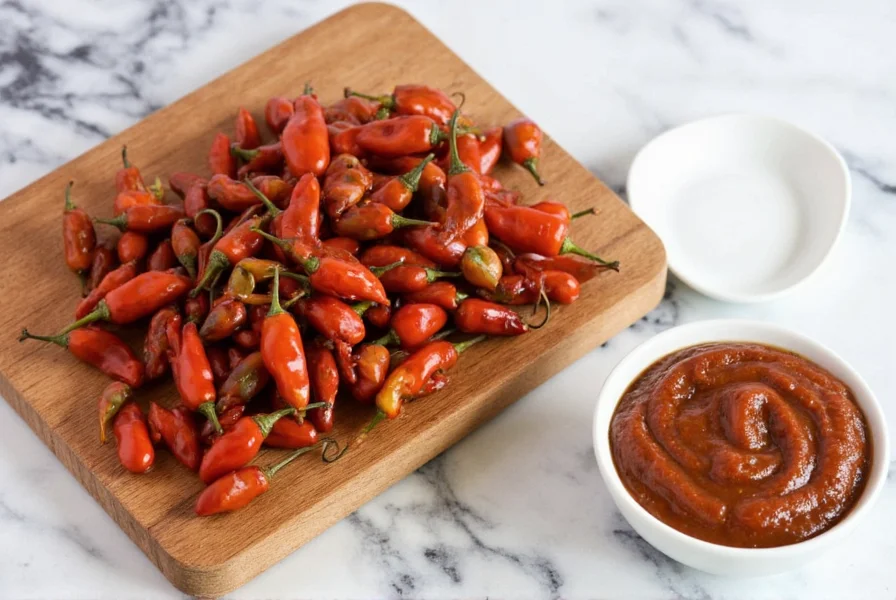









 浙公网安备
33010002000092号
浙公网安备
33010002000092号 浙B2-20120091-4
浙B2-20120091-4